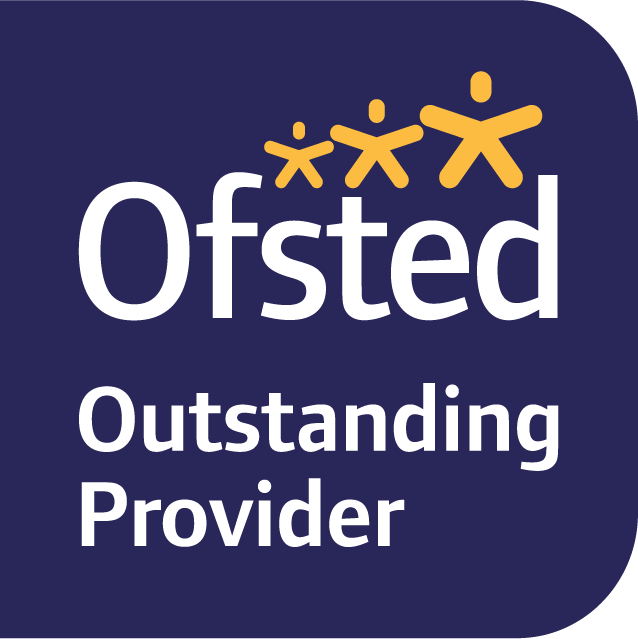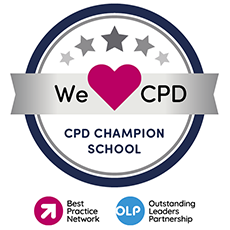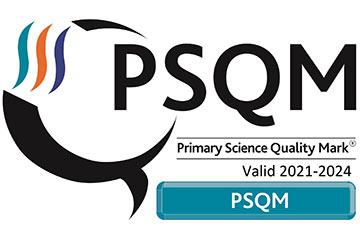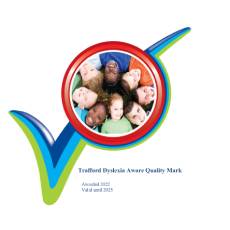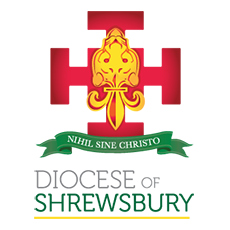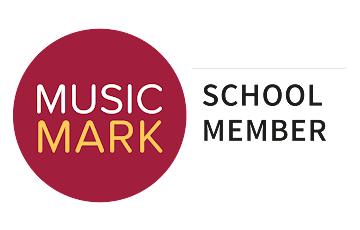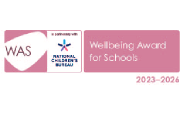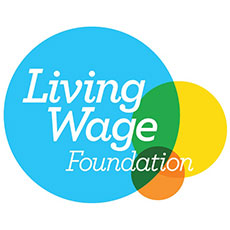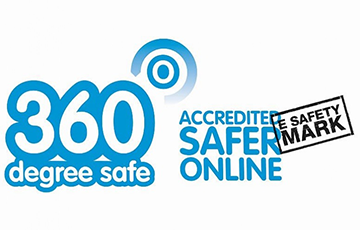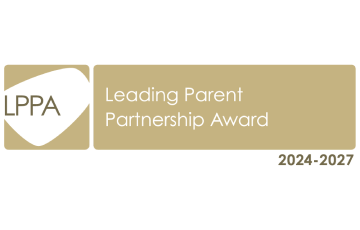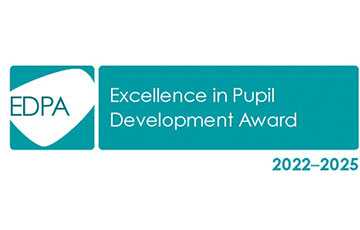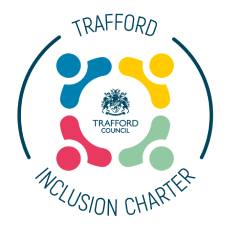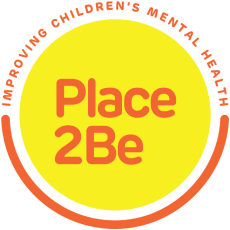Phonics
At St Vincent’s we place great emphasis on teaching our children to read and have a love of reading. This is modelled by the adults in school and encouraged at home. We recognise that reading is a life skill and as such, we ensure reading opportunities are embedded throughout our curriculum. Please read below to learn more about our approach to reading and the phonic scheme we use called Little Wandle.
The Phonics Programme
Phonics is taught in a highly structured programme of daily lessons across EYFS/KS1. We use the Little Wandle Letters and Sounds DFE validated scheme. At St Vincent’s it is our aim to provide children with the skills necessary to be able to read confidently and fluently, and to be able to access information throughout the curriculum. Children are given daily opportunities to develop their reading skills. Before our children start at St Vincent’s, we liaise with preschool providers to ascertain previous phonic teaching. We anticipate that children will have begun to develop their listening skills and to discriminate between sounds, recognising rhythm, rhyme and alliteration and to develop oral blending and segmenting of sounds in words. This is assessed on entry to Reception through a phonics baseline. In Reception and KS1, children learn to read using the Little Wandle phonics approach. In Reception we aim for pupils to reach at least Phase 4 by the end of the year. This is detailed below.
Phase 2
The purpose of this Phase is to teach at least 19 letters and move children on from oral blending and segmenting to using letters/ graphemes. By the end of Phase 2, many children should be able to read some short words using a vowel and consonant such as ‘it, as, up’ and vowel, consonant, vowel words such as ‘cat, dog, hat’ etc. During Phase 2, the children will be introduced to reading two-syllable words and simple captions. They will also learn to read some ‘tricky words’.
By the end of Phase 2 children should:
- give the sound when shown any Phase 2 grapheme.
- find any Phase 2 grapheme, from a display, when given the sound.
- be able to orally blend and segment CVC words such as ‘cat’ or dog’.
- be able to blend and segment in order to read and spell words such as: if, am, on, up.
Phase 3
The purpose of Phase 3 is to teach another 25 graphemes, most of them comprising two letters (e.g. oa), so the children can represent phonemes (sounds) by a grapheme (letters). Children also continue to practise CVC blending and segmentation in this phase and will apply their knowledge of blending and segmenting to reading and spelling simple two-syllable words and captions. They will learn letter names, learn to read some more tricky words and begin to spell some tricky words
By the end of Phase 3 children should:
- give the sound when shown all Phase 2 and Phase 3 graphemes.
- be able to blend and read CVC words (e.g. single-syllable words consisting of Phase 2 and Phase 3 graphemes, such as ‘fish’ or ‘goat’.)
- be able to segment and make a phonemically plausible attempt at spelling words using Phase 2 and Phase 3 graphemes, such as ‘b-oa-t.’
Pupils develop the skills of blending (combining sounds together to build words), segmenting (breaking up a word into individual sounds) and manipulating sounds to read and spell words correctly. This is carried out daily in Reception and Year 1 and is supported by the Little Wandle phonics programme.
Phase 4
The purpose of Phase 4 is to consolidate children’s knowledge of graphemes in reading and spelling words containing adjacent consonants and polysyllabic words. For example, words which begin with the adjacent consonants ‘str, thr, spl’ and contain more than one syllable, such as ‘splashing’. There are no new sounds to learn in this phase.
By the end of Phase 4 children should:
- give the sound when shown any Phase 2 and Phase 3 grapheme.
- be able to read words containing adjacent consonants (e.g. spl, thr, str such as string.)
- be able to blend and read words containing more than one syllable, such as farmyard.
- read CVC words at speed, along with the tricky words from the previous phases
Phase 5
The purpose of Phase 5 is for children to broaden their knowledge of graphemes and phonemes for use in reading and spelling. They will learn new graphemes and alternative pronunciations for some graphemes, e.g. the ‘ou’ grapheme makes a different sound in the words ‘mouth’ and ‘shoulder’.
Children become quicker at recognising graphemes and at blending the phonemes they represent. When spelling words, they will learn to choose the appropriate graphemes to represent phonemes and begin to build word-specific knowledge of the spellings of words. We can teach children how to make ‘best bets’ (best guess) when spelling new or unfamiliar words.
Phase 5 introduces the idea that some graphemes can be pronounced in more than one way. E.g. the ‘ch’ grapheme can be pronounced in each of these ways: ‘check, chef and school’.
By the end of Phase 5 children should:
- give the sound when shown any grapheme that has been taught
- write the common graphemes for any given sound
- apply phonic knowledge and skill as the prime approach to reading and spelling unfamiliar words that are not completely decodable
- read and spell phonically decodable two-syllable and three-syllable words
- read automatically all the words in the list of 100 high-frequency words
- accurately spell most of the words in the list of 100 high-frequency words
- children’s spellings should be phonetically plausible by the end of Phase 5
Children’s progress is continually reviewed and pupils are formally assessed at the end of each term. Formative assessment takes place throughout the term and informs planning. The national Phonics Screening Check is performed in June of Year 1. The purpose of the screening check is to confirm that all children have learned phonic decoding to an age-appropriate standard. The children who did not meet the required standard for the check in Year 1 retake the phonic check in Year 2. As children enter KS2, provision is made for those children who may require further phonic support. The phonics workshop, curriculum evening and parents' evenings, give parents information about how they can support their children at home with phonics.
Reading Statement:
At St. Vincent’s Primary School, children will learn to read with confidence, fluency and understanding, providing them with the skills required to achieve a lifetime of enjoyment through reading. Children read in school independently, 1:1 with the class teacher and teaching assistant (lowest 20%) and as a shared whole class session. They listen to adults and other children read, taking part in reading with their own and other age groups during the year.
Our reading aims are:
- To promote reading for pleasure
- To promote confidence and positive attitudes to reading through access to a wide range of literature
- To develop phonetic skills which lead to blending and reading accurately and fluently
- To broaden vocabulary
- To develop comprehension skills, and enable children to analyse what they read and to participate in discussion and debate about texts
- To encourage good home/school partnerships
- To monitor each child’s progress through the use of a range of assessment strategies e.g. Reading Age tests, on-going reading observations, phonic tracking and matching reading books to phonic ability
- To support those children who require additional support with their reading
Reading in School
Many activities take place which promote pre-reading skills. Children become aware of print in their environment and match pictures and words. The development of language comprehension is supported through rich and varied talk for a range of purposes and regular reading of high quality texts. Initially, as children learn to read, they are given a picture book with no words with the intention that they will share the book and take part in a conversation generated by the pictures. Adults continually model story language to support the development of vocabulary. As the children's knowledge of letters and sounds develop they begin to phonetically decode words.
The first books given are fully phonetically decodable and match children's phonics stage. Our reading books are organised into coloured book bands. Children are assessed regularly and move onto the next book band when their fluency and understanding show that they are ready to do so. We use Bug Club and a range of books in our reading scheme eg Collins Big Cat to support reading both at school and at home. Children move through the book bands until they reach the required standard to become a ‘free-reader', choosing a book to read from our well-stocked school or class libraries. In addition to a personalised reading book, children are able to take a book home from the school library and have access to the school E Library. In KS2 there is a greater emphasis on comprehension with most children decoding easily and reading fluently.
Developing Reading for Pleasure
We promote a love of reading by holding book themed days and events both as individual classes and across the whole school eg World Book Day; Masked Reader; Secret Reader, which engages the children with reading at the end of each day. All children are encouraged to participate in the summer reading challenge as well as having events throughout the year. Children are introduced to a variety of literature. Book Fairs are held to allow all children the chance to look at new books of all genres and hopefully purchase a new book of their own to take home. Our well-stocked school library promotes authors and a range of reading material to appeal to all pupils. Children's suggestions for new books are encouraged and purchased. We ensure that our books reflect our inclusive, diverse community.
Assessment of Reading
Reading is assessed regularly and monitored on the school tracking system. Phonic assessments are carried out regularly to check that children are keeping up. Children are given end-of-term tests from Year 1 to comprehension. In addition, a range of programmes are used to support pupils who may need specific support eg IDL, Beat Dyslexia. We have introduced BRSP (Better Reading Support Partners) which was recommended by the Education Endowment Trust. The BRSP is a 10- week programme of three 15-minute one-to-one sessions per week for pupils who need to keep up with reading. Results show significant improvements in confidence and reading ability for the pupils identified.
Reading Audit- School Partnership Programme
St Vincent's took part in the School Partnership Programme where our reading provision was audited. The audit was very positive. Please read the comments below about our reading provision.
“There is a set, dedicated time to teach phonics in reception and there is a shared approach by all of the reception teachers. Teachers consistently follow the four-part lesson of lthe phonics scheme and we felt that there were high expectations of the children as there was already a move for phase three in reception. It is obvious that the principles of phonics have been embedded and it has resulted in the vast majority of children becoming confident readers and achieving excellent results. Children are being given the opportunities to use their phonics within writing and they are clearly confident enough to have a go” SPP Review November 2021
“The School has knowledgeable subject leaders who recognise what the school is doing well and what needs to be developed in terms of transitioning to a systematic phonics scheme. They were realistic in how it was going to be implemented. Their passion for reading came across. They recognise how guided reading has positively impacted the children’s love of reading and how they need to find an appropriate way to make this part of the EYFS” SPP Review
“St Vincent’s has an excellent graduated approach to reading. There is excellent targeted intervention which tackles children of all abilities, but particularly the bottom 20% and those children in danger of falling into this. The school has a process where children don’t get missed and that there are opportunities for all pupils to become a reader. Training has ensured that the intervention being delivered is having an impact on the children taking part” SPP Review
Phonics Presentation
Phonics workshop presentation September 2023

 ) @StVincentsPr
) @StVincentsPr